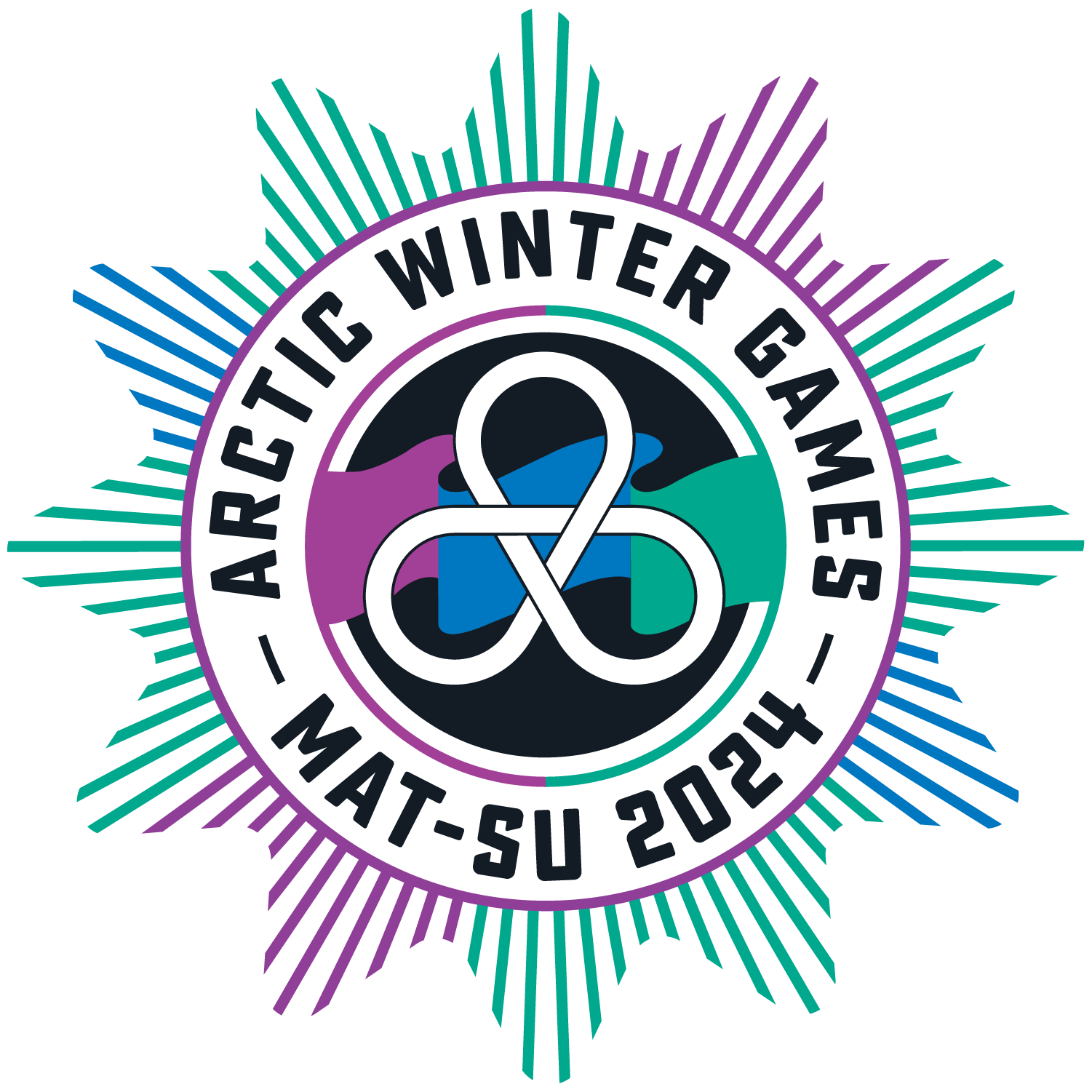Wasilla Museum hosts Yoiking Performance
- Bethany Buckingham
- Mar 15, 2024
- 2 min read
Updated: Mar 16, 2024
The audience at the Wasilla Museum was entranced by the lyrical voice of Matthew from Team Sápmi who shared his culture through traditional joiking.
“Joiking is not singing, it is a way of greeting and sharing a story through a chant,” Matthew explained. Matthew is his chosen English name as he said that is easier to pronounce for English speakers than his Sápmi name.
“I joik while in my home, or outside doing chores, driving my car, anywhere,” he said.
Matthew explained the three personal joiks he would perform: those for people, those for animals and those for nature or places. Children receive their own joik and when they become adults, they are given an adult joik.
“This first joik is for my cousin who is getting married tomorrow,” Matthew said. “I won’t be able to be there with her, so I will perform her joik in honor of her.”
The animal joik tends to mimic the sounds of the represented animal. Matthew engaged the audience, inviting them to guess which animals were portrayed in the song. His first joik had a howling tone to it, prompting someone to shout, Moose! However, a Nunavik cultural team member suggested it sounded like a wolf, a guess Matthew confirmed. The next joik had a guttural, grunting cadence, leading another Nunavik team member to remark that it resembled a bear. The final yoik threw the audience. Guesses of fly, hummingbird, and bee were shouted. The last guess by an audience member was a mosquito.
“Yes, it is a Mosquito!” Matthew affirmed. “There are a lot of mosquitoes in Northern Norway in the summer. Which is why Sami people move from inland to the coast.” He noted that within the joik for the mosquito there is a phrase indicating that the mosquito may not be here now, but we know they will inevitably arrive .
“The mosquito comes in mid-summer, so in the joik we say, ‘after mid-summer it will come, anyways.” This resonated with many Alaskans in the audience.
Matthew performed the final two joiks, both centered around places. The first one recounted a story about his mother’s hometown, which faced a threat from a dam project in 1970. Although the community could not halt the project entirely, they successfully persuaded the company to construct it in a manner that prevented their town from being flooded and lost.
The final joik of the morning was dedicated to nature. After performing it, Matthew invited the audience to join in. “Even if you don’t know the words, you can follow the tune and join me,” he encouraged. The audience added their voices creating a beautiful chant honoring nature, cultures and forging stronger bonds between people.
As he Thanked the community for joining him, Matthew expressed his hope that he honored his fellow cultural members from team Nunavik, who were unable to perform due to an injured team member. Team Nunavik and Team Sápmi will perform at the cultural gala on Friday.
